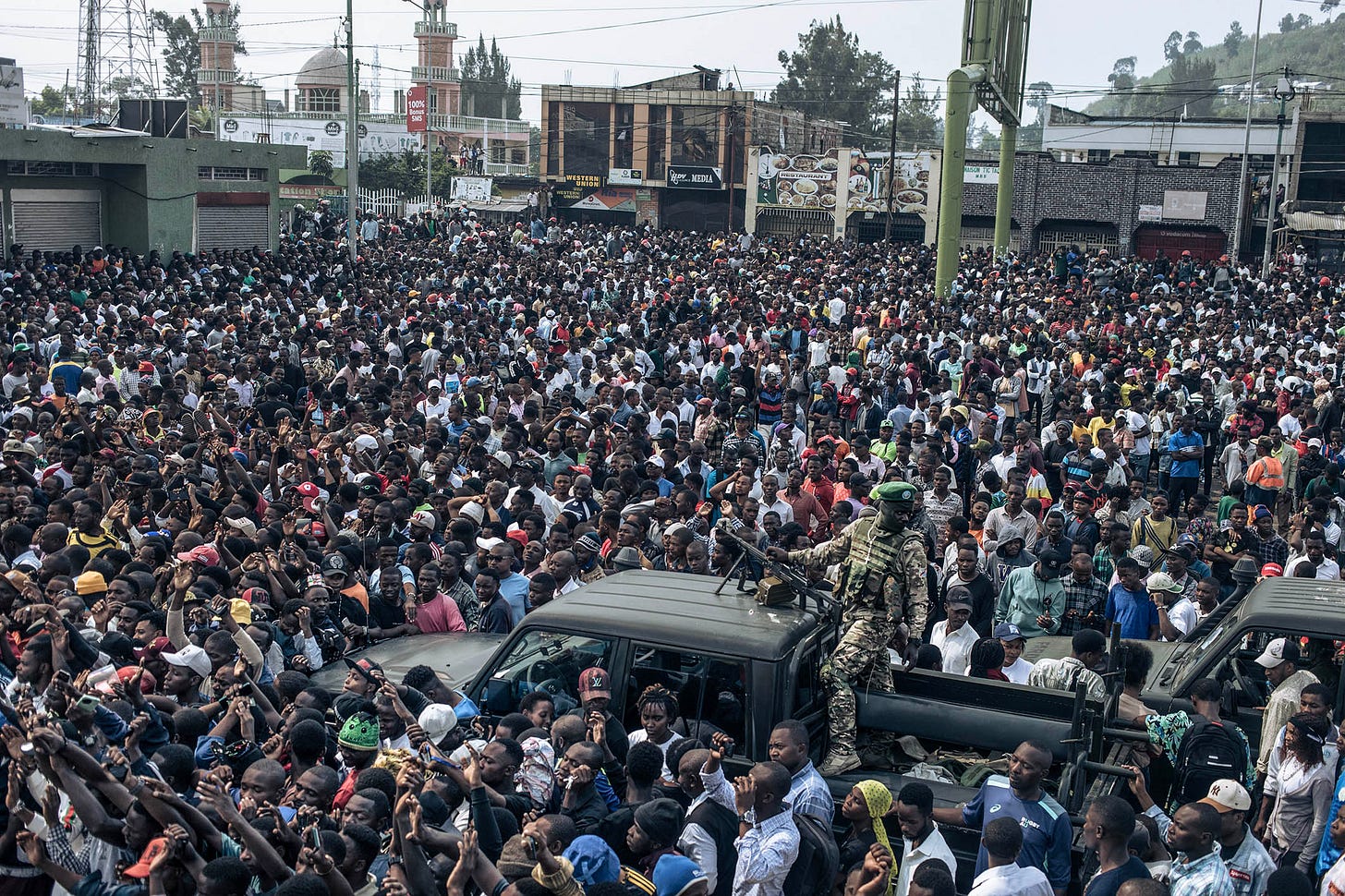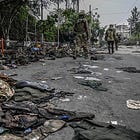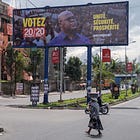The eastern DRC war could reshape the region
Even as the conflict escalates, regional powers look to seize an economic opportunity.
Charles Onyango-Obbo
Events beyond the frontlines are shaping the war in the mineral-rich eastern Democratic Republic of the Congo as much as the fighting itself. A major decider of its outcome could be how Tanzania reacts to the fighters who appear to have the upper hand in the latest escalation. These fighters are known as the Alliance Fleuve Congo (AFC) coalition of rebels, which includes the March 23 Movement (M23).
Having taken the key strategic city of Goma, the capital of North Kivu province, last week, the AFC-M23 fighters advanced 192km south towards Bukavu, the capital of South Kivu. Clashes with Congolese and Burundian troops slowed them down, but not for long.
Although they announced a unilateral ceasefire for “humanitarian reasons” on Tuesday, and stated they had no intention of taking Bukavu, the ceasefire proved short-lived. Barely 24 hours later, they captured the strategic town of Nyabibwe, with Bukavu just 70km away.
Away from the frontline, heads of state from the East African Community and the Southern African Development Community (SADC) are meeting today in Dar es Salaam, Tanzania to discuss escalation. The DRC is a member of both organisations. SADC has a stabilisation force in the country and 14 South African and three Malawian troops from its contingent were killed in the battle for Goma.

The decisions taken – or not taken – at this meeting could have long-lasting ramifications for the region.
M23 – and those who will speak for it there – will consider demands to withdraw from captured positions to be maximalist. On the other hand, despite faint hints of a softening stance earlier in the week, Kinshasa is unlikely to accept anything less, fearing a political crisis for President Félix Tshisekedi, who has adeptly fanned nationalist sentiments amid the war.
Rwanda, which shares strategic interests with the rebels, is unlikely to agree to any deal unless the DRC commits to removing the Democratic Forces for the Liberation of Rwanda (FDLR) from the country. This group, formed by perpetrators of the 1994 genocide against the Tutsi in Rwanda, operates in eastern DRC. However, it has become a crucial cog in the DRC’s military strategy against the rebels, making it difficult for Kinshasa to abandon it.
Not that Kigali is pining for a compromise from Kinshasa. Rwanda’s securocrats obsess over its status as a small country “without strategic depth”. Long-term – or preferably permanent – domination by allied rebels over eastern DRC would be a significant relief. AFC-M23 control in eastern DRC could push the FDLR 400km further away and Kigali would have a real sphere of influence at last.
The Tanzania question
Larger strategic dynamics will also shape the course of the war.
To keep Goma, which the AFC-M23 this week reinforced with thousands more fighters, the rebels must seize Bukavu, from where the DRC and Burundi can mount counterattacks. A critical drone base in Bukavu has already been relocated to Kisangani, 665km away.
To hold Bukavu, the rebels must also secure Uvira, 125km further south at the northwestern tip of Africa’s longest lake, Tanganyika.
The hills around Uvira are dubbed the “Golan Heights” of Central Africa. Controlling them provides a strategic edge over southern DRC and, more importantly for M23, leverage over Kinshasa’s ally, Burundi. Bujumbura, Burundi’s commercial capital and location of the country’s sole international airport, is just 30km away. Placing surveillance and long-range guns in Uvira would enable M23 to monitor Bujumbura airport and disrupt Burundian forces crossing into DRC.
Most critically, overseeing the northern part of Lake Tanganyika would give the rebels control over Tanzanian trade routes into and out of the DRC. That could be a red line for Dodoma. What will Tanzania do? That’s the wild card in this war.
Much is said about Rwanda’s alleged interest in the minerals inside eastern DRC, but not enough about its recent discovery of oil in Lake Kivu, which it shares with the DRC.
It is yet to be determined if the Kivu oil is of commercial quantities. If it is, Tanzania would be the key route for exports – just as it is for Uganda, which is building a 1,444m heated pipeline, the world’s longest, from the Albertine region at the DRC border to the Tanzanian port of Tanga. Kigali will not want to alienate Tanzania, whose Dar es Salaam port has surpassed Kenya’s Mombasa as Rwanda’s primary trade route.
Tanzania is already making a decent effort at challenging Kenya’s economic dominance in East Africa. A key strategy is to become a regional transport hub. The country has invested heavily in ports and is emerging as a railway powerhouse. It is building a railway to Rwanda and Burundi and has signed an agreement with Burundi for a railway transporting metals, including the battery-mineral nickel, to Dar es Salaam.
A secure perch from which to hold sway in southern DRC would give AFC-M23 leverage in negotiations with an increasingly mercantilist Tanzania – and might just secure their territorial gains.






